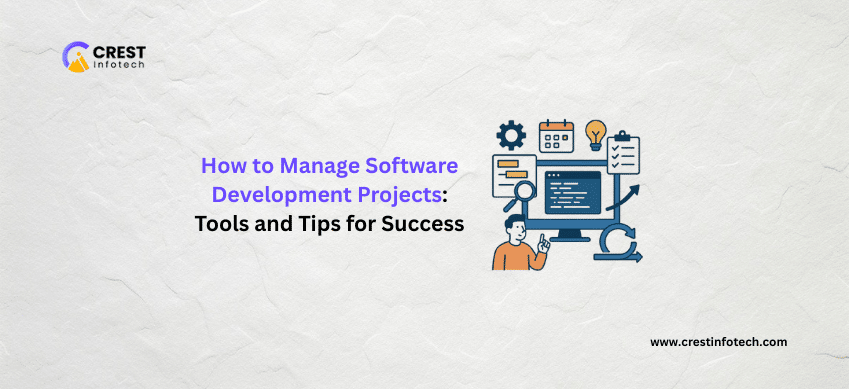Why Performance Matters
User Experience
Performance directly impacts the user experience. Users expect apps to load quickly and respond promptly to their interactions. Any delay can lead to frustration and abandonment.
SEO and Discoverability
For web apps, performance is a key factor in search engine rankings. Faster websites are ranked higher by search engines, making them more discoverable.
Conversion Rates
Improved performance can significantly boost conversion rates. Faster load times lead to higher engagement, increased user satisfaction, and ultimately more conversions.
Best Practices for Web App Performance Optimization
1. Optimize Images and Media
- Compress Images: Use tools like ImageOptim or TinyPNG to reduce image file sizes without compromising quality.
- Use Responsive Images: Implement responsive images using the
srcsetattribute to serve appropriately sized images based on the user’s device. - Lazy Loading: Implement lazy loading to defer the loading of off-screen images and media until they are needed.
2. Minimize HTTP Requests
- Combine Files: Combine multiple CSS and JavaScript files into single files to reduce the number of HTTP requests.
- Use CSS Sprites: Combine multiple images into a single sprite sheet to reduce HTTP requests.
3. Leverage Browser Caching
- Set Cache Headers: Use cache headers to instruct the browser to store static resources locally, reducing the need to fetch them on subsequent visits.
- Service Workers: Implement service workers to cache dynamic content and enable offline capabilities.
4. Optimize JavaScript and CSS
- Minify Code: Use tools like UglifyJS and CSSNano to minify JavaScript and CSS files, removing unnecessary characters and whitespace.
- Asynchronous Loading: Load JavaScript files asynchronously to prevent them from blocking the rendering of the page.
- Defer JavaScript: Use the
deferattribute to delay the execution of JavaScript until the HTML document has been fully parsed.
5. Implement Content Delivery Networks (CDNs)
- Use a CDN: Distribute static content using a CDN to reduce latency and improve load times for users across different geographical locations.
6. Optimize Server Response Times
- Use a Fast Hosting Provider: Choose a hosting provider with low-latency servers and high uptime.
- Database Optimization: Optimize database queries and use indexing to improve data retrieval times.
7. Reduce Payload Size
- Gzip Compression: Enable Gzip compression on your server to reduce the size of the files sent to the browser.
- HTTP/2: Use HTTP/2 for faster data transmission through multiplexing and header compression.
Best Practices for Mobile App Performance Optimization
1. Efficient Network Usage
- Minimize Data Transfer: Reduce the amount of data transferred by compressing payloads and using efficient data formats like JSON.
- Background Sync: Use background sync to defer data synchronization to times when the device is idle and connected to Wi-Fi.
2. Optimize App Startup Time
- Lazy Initialization: Load only the necessary components during app startup and defer the initialization of less critical components.
- Preload Data: Preload essential data during the splash screen to provide a smoother user experience.
3. Optimize Rendering Performance
- Use GPU Acceleration: Leverage GPU acceleration for animations and transitions to improve rendering performance.
- Avoid Overdraw: Minimize overdraw by reducing the number of overlapping views and using simpler layouts.
4. Optimize Memory Usage
- Manage Memory Efficiently: Monitor and manage memory usage to avoid leaks and excessive consumption.
- Release Unused Resources: Release resources that are no longer needed to free up memory.
5. Optimize Battery Consumption
- Efficient Background Processing: Limit background processing to reduce battery drain.
- Optimize Network Requests: Batch network requests and minimize the use of location services to conserve battery life.
6. Implement Caching
- Local Caching: Cache frequently accessed data locally to reduce the need for network requests and improve load times.
- Database Caching: Use local databases like SQLite to cache data and reduce the frequency of network calls.
7. Use Profiling and Monitoring Tools
- Profiling Tools: Use profiling tools like Xcode Instruments, Android Profiler, and Chrome DevTools to identify performance bottlenecks.
- Monitoring: Implement performance monitoring tools like Firebase Performance Monitoring and New Relic to track app performance in real-time and identify issues.
Conclusion
Optimizing performance in web and mobile apps is essential for delivering a superior user experience, improving SEO, and increasing conversion rates. By implementing the best practices outlined above, developers can create fast, responsive, and efficient applications that meet the high expectations of modern users. Regular profiling, monitoring, and updating of performance optimization strategies are necessary to maintain optimal performance as technology and user needs evolve.



